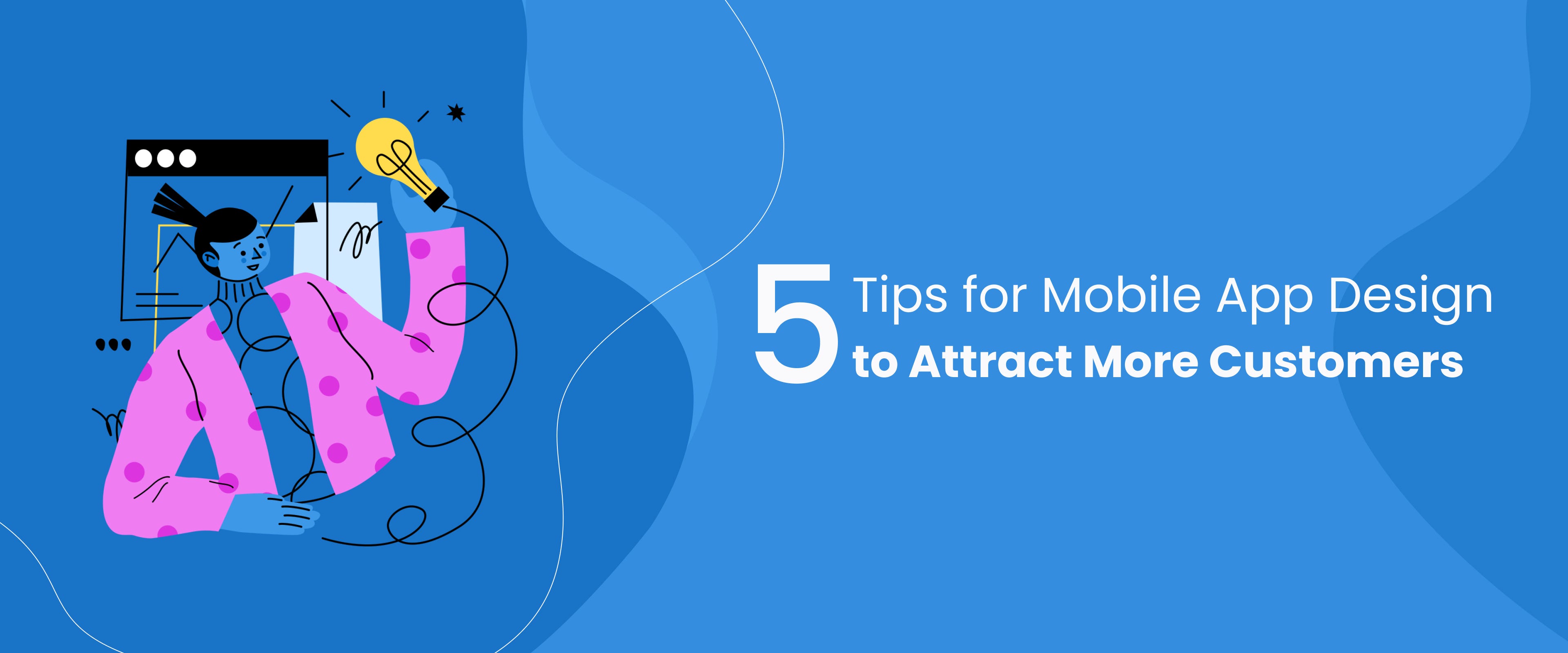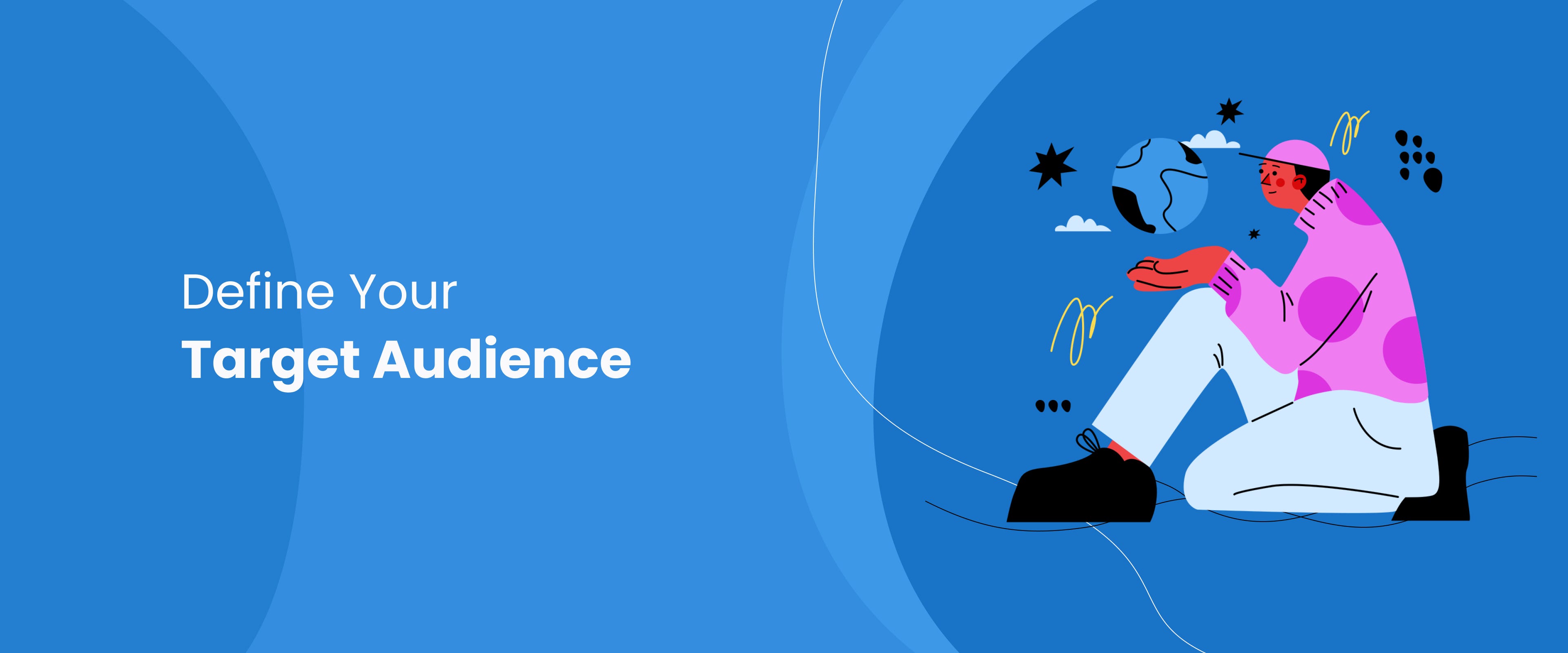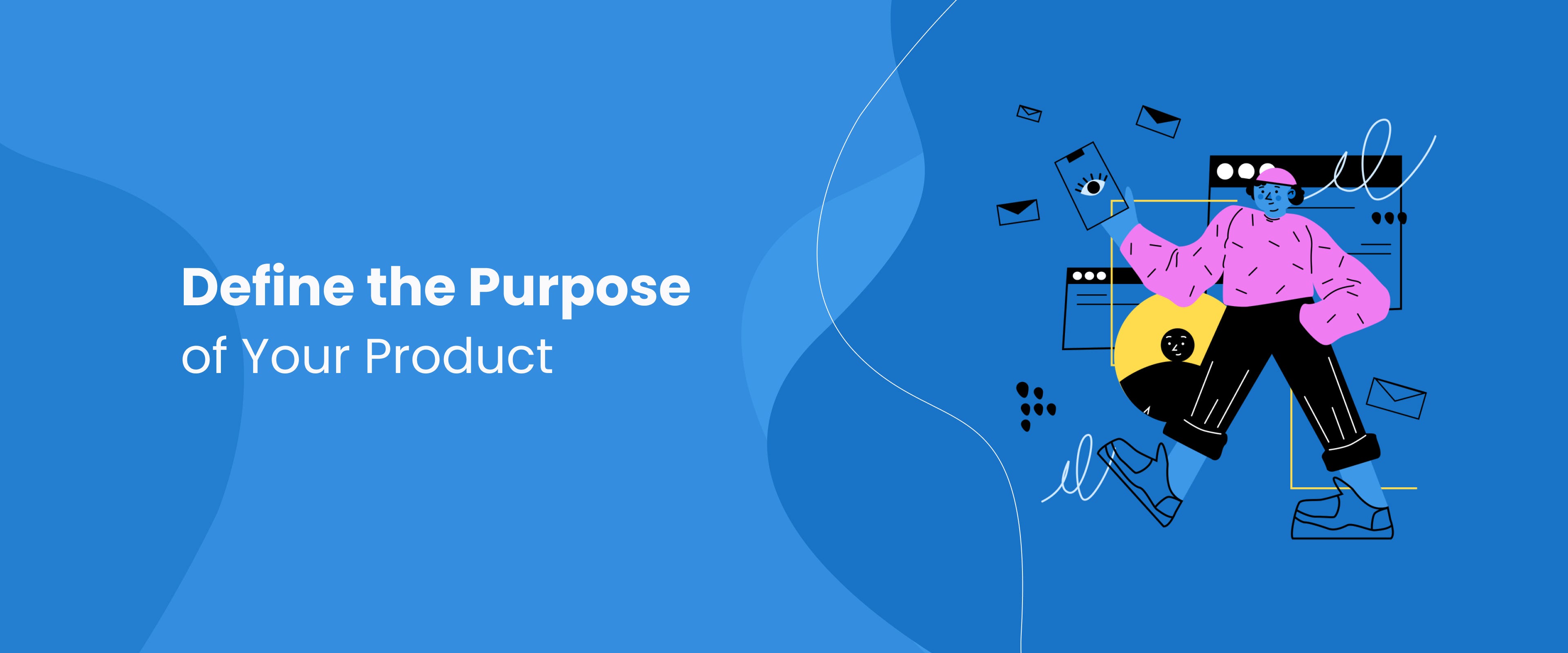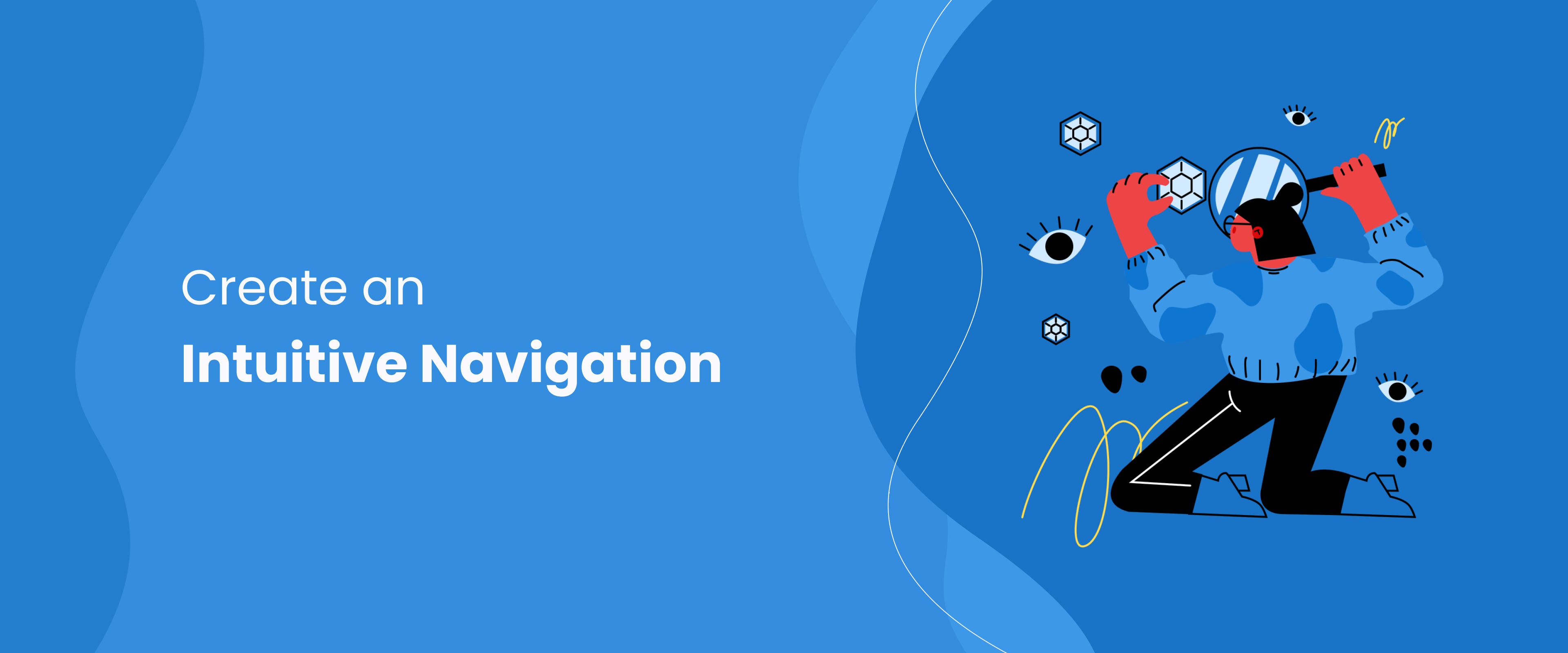Design Tips For Mobile Apps
5 Tips for Mobile App Design
On How to Attract More Customers
![]()

With everything going mobile — from reading books to buying groceries to finding a life partner — it is evident that mobile design is part of the big party headed for the future. So, it is necessary for creators and businesses alike that they know the tricks to make their products appealing. And 'appealing' here does not simply refer to looks or offers. It is the complete user experience that will determine whether your customer's relationship with your application is a fling or for the long run.
We have listed down 10 tips to help you make your mobile app worth having a successful relationship with your customers. We will start right from the basics, so that you have everything ready to start your next mobile application project.
However, considering that the list just got quite long and the fact that people tend to get bored while reading long articles (well, I do), we have split the list into two parts with 5 tips each. Here goes the first one!

1. Define Your Target Audience
As creators, we love to help everybody with our ideas. As businesspeople, we love to extend our services to everyone.
However, did you know that while trying to address everyone, you are actually addressing no one?
We have all heard the term "expertise". This applies to all spheres of life and not only to CVs. It's familiar to the scenario when I go to an online fashion store to buy a dress rather than go to Amazon even if the latter is offering a sale.
Get the point?
We all love to trust someone who knows what they are doing rather than a jack of all trades. So, when you are addressing a large demographic of audiences, you are indirectly offering something for everyone. So, instead of sharing a pinch of good work with everyone, share with only a handful of people but share the best that you can offer.
Instead of putting up a general store out there, see what the USP of your product is, and who it will really benefit. Define a close-knit group of target audience, and cater to them. That way, when you narrow down the demographics of your target audience, you automatically shift your focus to a limited amount of service, thus making you an expert in that field.

2. Empathise With Your Customers
In order to create the best solution for your target audience, you must know them. And knowing is not enough. Since your product is all about providing the optimum solution and the best user experience, it is essential to understand your audience emotionally.
Empathise with them. Understand what they need, what problems they are facing that you can solve, what would be the optimal solution for their problem, and how you can go one step further.
Simply assuming user personas won't help as much as interacting with real people will do. This will bring you closer to the problem, and help you understand the track on which you need to build your product. When you offer the solution that they are looking for, they will automatically use your application.
Designing good user experience is all about triggering positive emotions. Have you wondered how some apps make it to the frontline while the majority of apps always remain in the dark, no matter how much money and effort they put into marketing and development? Well, the difference between these two categories of apps is that the ones on the frontline tap on the emotional strings of their audiences while the others try to include great features in their apps.
People don't care about what features you have on your mobile application. They care about its usability.
If it's great and easy to use, and solves their problems gracefully, then they'd love it.

3. Define the Purpose of Your Product
No one likes mysteries when it comes to using a product. People like to have a clear notion of what they are being offered, who it is for, what it can do for them and the process in which it can help them.
So, even if you have made the purpose of your mobile application very clear in the description box on the App Store or on Play Store or in your marketing campaigns, make sure to have the best reserved for the home screen.
When the user launches the app, the home screen should give them a fair idea of what your product has to offer.
While it is not possible to show every module on the home screen, it is recommended to highlight the services that are meant for emergency and that are created to be most frequently used.
Highlighting these key points of your application will serve your customers in two great ways:
- Your customers will have a clear idea of what to expect from the app
- They can easily access features, especially the important or most used ones without having to dig deep.
The easier you make the app for your customers, the more they will love it, the more they will recommend it, and the more loyal customers you will have.

4. Focus on Good Readability
Readability is one of the most important things on the UX checklist. In fact, good readability is one of the best things that you can offer your customers. And readability does not simply involve the size of fonts. It also involves the font chosen, its colour, letter spacing, line height, paragraph spacing and whitespace.
Choose a font which is perfectly legible on the smallest possible screen. Make sure that the colour chosen for the text has a good contrast with the background.
Now, another important aspect of readability is having a proper hierarchy among texts. You would want to change the thickness of the font as well as its colour depending on the context. Like, supporting texts can have a light look while texts that are meant for users to take action should be prominent.
Consistency is another important thing to keep in mind while using different font styles. Copies with similar messages or purposes should have similar styles. Apart from aesthetics, this also helps users to quickly identify texts and understand their purpose, thus prompting them to take quick actions.

5. Make the Navigation Intuitive
A small screen offering a lot of options to choose from can be overwhelming. It can lead to confusions, backtracking, dead-ends and fatal exits. It's like a maze or a 'find the objects' game out there on the screen of your customer's mobile device. So, as the owner or as the designer, it's your job to help your customer and save the day!
Make sure that your customers can easily find their way through the app. If they have to go round and round in loops or meet dead-ends every now and then, then they will find it a lot more simple to get to the uninstall option.
We don't want that, do we?
Before you start arranging the navigation, make a list of the modules in order of their importance and based on the user flow. Once this has been clearly set up, and you know exactly what actions you want your customer to take, and in which order, you are ready to prepare the wireframe.
So, there you go! 5 simple but important tips to help you build your application into a successful one. We will be sharing 5 more tips in a couple of weeks.
The beautiful illustrations used in the graphics are courtesy of Craftwork who have shared these awesome resources for free!! Thank you, Craftwork!!
So, that's all for now. Thank you, and let's talk soon! Till then, take care, stay safe, and keep that UX spark alive!!
About the author:
Sudeshna Adhikary is a UX researcher at Design Studio. Creativity is her middle name. Exploring, learning, believing in super-human powers, talking and eating are her favourite things to do.
Design Tips For Mobile Apps
Source: https://uxplanet.org/5-tips-for-mobile-app-design-15a7cc823a6f
Posted by: voexill1984.blogspot.com

0 Response to "Design Tips For Mobile Apps"
Post a Comment